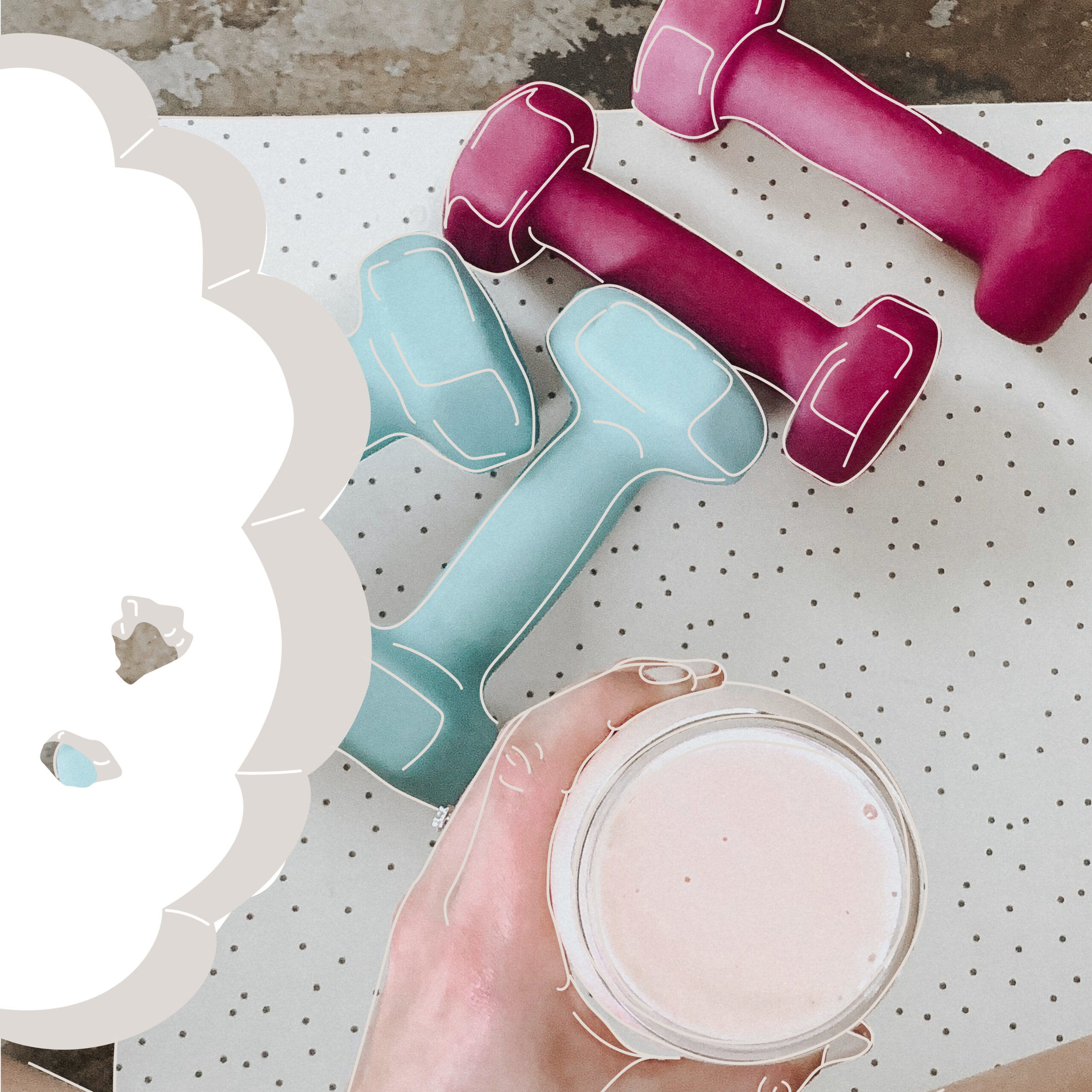Meet Good‘s new blogger—the gardening, chook and top-bar bee keeping dynamo Janet Luke. Read Janet’s first installment on getting started with your own top bar garden hive.
Introducing: Janet Luke, Good‘s new blogger. Plus: Starting with your own top bar hive.
 I have been thinking of keeping bees for a while now, and I have done research into the different options that are available. What initially struck me was the cost and the amount of gear required to run a conventional hive. To buy a new hive and all the required tools can easily set you back $800. The other surprise is the bulky equipment required and the amount of space required to store this.
I have been thinking of keeping bees for a while now, and I have done research into the different options that are available. What initially struck me was the cost and the amount of gear required to run a conventional hive. To buy a new hive and all the required tools can easily set you back $800. The other surprise is the bulky equipment required and the amount of space required to store this.
Searching for a cheaper and easier alternative led me to the top bar beehive. This is one of the oldest and simplest ways of keeping bees and requires little skill. Sounds perfect for me! These hives have been around since the 1600s, and are popular in African countries as there are few tools required and the hive is easy to build, practical and productive.
Basically, a top bar beehive is a wooden rectangular box with wooden bars across the top that the bees build honeycomb from. It is a more natural and sustainable way of keeping bees as the bees are allowed to build honeycomb to their natural dimensions with no interference from us. The honey is harvested as honeycomb, one bar at a time. Honey production is not as high as in a conventional hive but you do get more wax. This can be used to make candles, furniture and leather polish.
This type of hive is perfectly suited to the home beekeeper as it is a simple design, management of the bees is very ‘leave alone’ and there is evidence that this type of hive reduces the incidence of Varroa mite infection. It particularly suits people with disabilities, bad backs and women, as there is no heavy lifting of super boxes, which can weight up to 50kg when full of honey.
When talking to professional beekeepers about top bar hives, don’t be put off if they look at you blankly. Most beekeepers have not heard of this way of keeping bees and indeed, top bar hives are not an option for a professional beekeeper as the honey production is not as high as with a conventional hive. But these hives are becoming more and more popular in the UK and America, where people are looking for a more natural and cheaper way of keeping bees.
A great website to start your research is Phillip Chandlers Biobees. Here you can download free instructions to make your own hive, if you are handy. You can also buy his book The Barefoot Beekeeper, which describes the management and care of a top bar hive.
I have bought his book, have attended a half-day introduction to beekeeping course and bought a top bar hive (I didn’t want to build one myself as not keen on doing running repairs on a hive full of bees!). Armed with this new information I am embarking on a new journey into self sufficiency and becoming a backyard bee keeper.
Please consider joining me—help a declining bee population, get all your edibles pollinated and have honey to enjoy.
What next?
- Check out the latest Good for a step-by-step guide to building your own top bar hive. Good #14 onsale today!
- For more information and beehives images go to Green Urban Living.
- Or join the new Backyard Bee Keeping Forum
About Janet
Janet is a landscape architect with a Masters in Environmental Planning and a passion for permaculture. Her business, Green Urban Living, is all about showing how even city dwellers can make a real difference to their families health, wallet and the environment.
“I run keeping chicken workshops, chicken-dome building workshops, organic gardening courses, and pizza oven courses. I also provide landscape and permaculture design services,” says Janet.
“The most satisfying thing for me about the Green Urban Living approach is the amazing education for my children. My three boys, all under eight years old, are a key part of the planting, harvesting and chicken breeding and rearing process.”
“It is great to see the boys, friends and the neighbours wondering my ‘crop circle’ gardens munching on carrots, fresh peas, fruits and beans after school as if it is the most natural thing in the world to do. Which of course is exactly what it is…”







